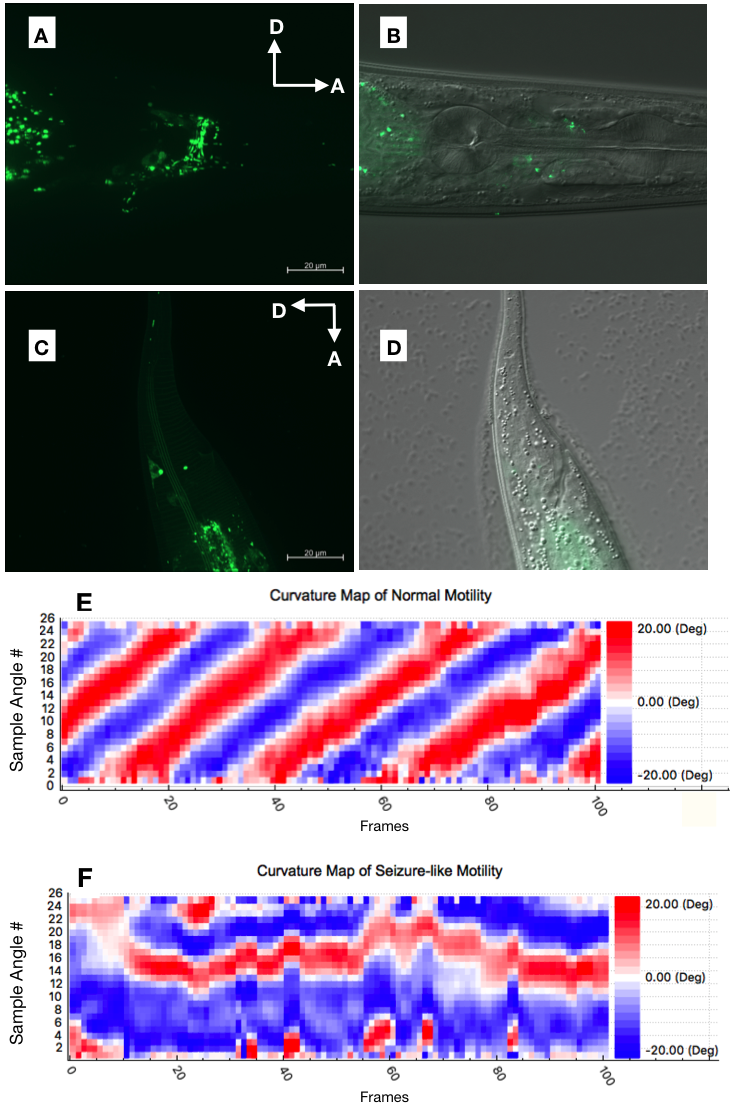Mengyi Cao1, Cynthia Chai1, Jonathan Liu1, and Paul W Sternberg1§
1Division of Biology and Biological Engineering, California Institute of Technology
§Correspondence to: Paul W Sternberg (pws@caltech.edu)

Description
Acknowledgements
Funding
R21 MH115454/MH/NIMH NIH HHS/United States
Reviewed By
Brigitte Bouf
History
- Received: 8/7/2018
- Accepted: 8/21/2018
- Published: 8/22/2018
References
Copyright
© 2018 by the authors. This is an open-access article distributed under the terms of the Creative Commons Attribution 4.0 International (CC BY 4.0) License, which permits unrestricted use, distribution, and reproduction in any medium, provided the original author and source are credited.
Citation
PubMed Central: 7282527
PubMed: 32550400
microPublication Biology:ISSN: 2578-9430

